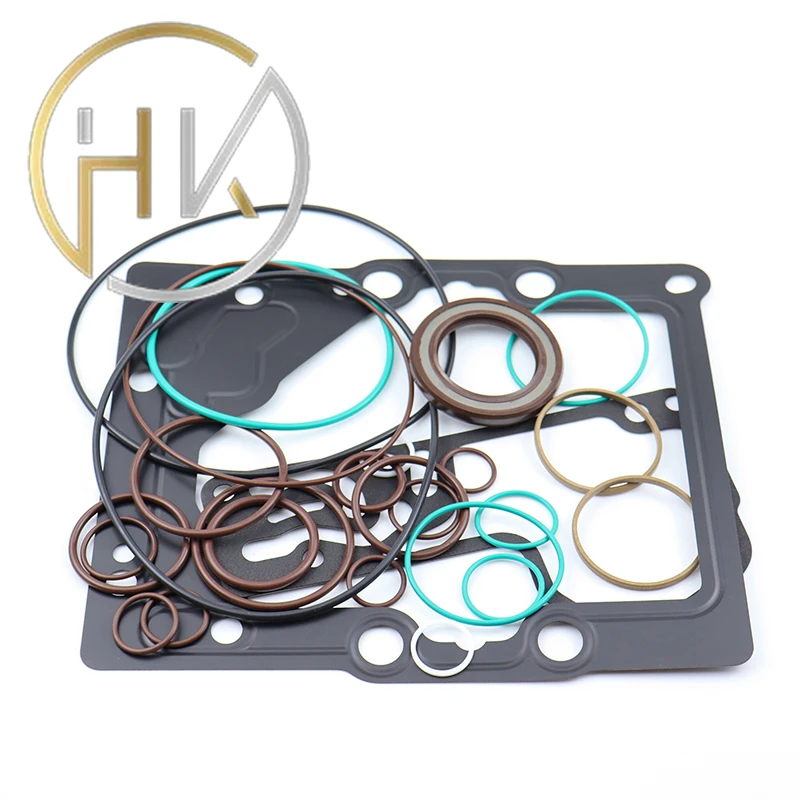Dec . 11, 2024 09:07 Back to list
Best Practices for Choosing Wheel Hub Grease Seals for Your Vehicle
Understanding Wheel Hub Grease Seals Importance and Maintenance
In automotive engineering, the integrity and performance of a vehicle's wheel hub are paramount for its safety and efficiency. One critical component of the wheel hub assembly is the grease seal, a seemingly small yet vital part that plays a significant role in the overall functioning of the vehicle. This article delves into the importance of wheel hub grease seals, their functions, types, and maintenance tips to ensure longevity and reliability.
What is a Wheel Hub Grease Seal?
A wheel hub grease seal, often referred to simply as a grease seal, is a rubber or synthetic component designed to retain lubrication within the wheel hub while preventing dirt, water, and contaminants from entering. Typically located at the junction of the wheel hub assembly and the axle, grease seals are essential for protecting the internal components of the wheel hub, including bearings and other critical parts.
The Importance of Grease Seals
1. Lubrication Retention The primary function of a grease seal is to keep the lubricant within the wheel hub assembly. Proper lubrication minimizes friction and wear, ensuring that components such as wheel bearings function smoothly and efficiently.
2. Contaminant Exclusion Grease seals act as a barrier against environmental contaminants. Abrasive materials, dirt, and moisture can significantly impair the performance and lifespan of wheel bearings and other components. A reliable grease seal prevents these elements from mixing with the lubricant, safeguarding the assembly.
3. Heat Management Friction generated within the wheel hub can produce excess heat. Grease seals help maintain an optimal operating temperature by ensuring the lubricant remains in place, which aids in cooling the internal components.
4. Overall Safety A properly functioning wheel hub grease seal contributes to vehicle safety. By preventing bearing failure, which can lead to disastrous consequences such as wheel separation or loss of control, grease seals play an essential role in maintaining driving stability and safety.
Types of Wheel Hub Grease Seals
There are several types of grease seals available for wheel hub applications, each varying in design and material
wheel hub grease seal

1. Rubber Grease Seals Commonly used due to their flexibility and durability, rubber seals can conform to varying shapes and provide a tight fit to prevent leaks.
2. Polyurethane Seals These seals are known for their resistance to wear and exposure to various environmental conditions. They offer excellent sealing capabilities and increased longevity.
3. Metal-clad Seals Incorporating a metal outer ring, these seals provide additional strength and resistance against high pressures, making them suitable for heavy-duty applications.
Maintenance and Replacement
To ensure the optimal function of wheel hub grease seals, regular inspection and maintenance are essential. Here are some tips
1. Routine Inspections Check for signs of wear or damage during regular vehicle maintenance checks. Cracks, tears, or signs of leaking grease indicate that seals need to be replaced.
2. Proper Installation When replacing grease seals, ensure correct installation to avoid misalignment, which can lead to premature failure.
3. Quality Lubricants Use high-quality lubricants that match the manufacturer's specifications. Quality grease not only optimizes seal performance but also enhances the lifespan of internal components.
4. Environmental Considerations If driving in harsh conditions (e.g., off-road, exposure to saltwater), increase the frequency of inspections to ensure grease seals are still providing adequate protection.
In conclusion, wheel hub grease seals may seem like minor components, but their role is critical in maintaining vehicle performance, safety, and longevity. By understanding their functions and committing to regular maintenance, vehicle owners can ensure smooth rides and prolong the life of their vehicle's wheel hub assembly. Proper care of grease seals ultimately translates into enhanced safety and reduced repair costs in the long run.
-
TCN Oil Seal Metal Ring Reinforcement for Heavy Machinery
NewsJul.25,2025
-
Rotary Lip Seal Spring-Loaded Design for High-Speed Applications
NewsJul.25,2025
-
Hydraulic Cylinder Seals Polyurethane Material for High-Impact Jobs
NewsJul.25,2025
-
High Pressure Oil Seal Polyurethane Coating Wear Resistance
NewsJul.25,2025
-
Dust Proof Seal Double Lip Design for Construction Equipment
NewsJul.25,2025
-
Hub Seal Polyurethane Wear Resistance in Agricultural Vehicles
NewsJul.25,2025
-
The Trans-formative Journey of Wheel Hub Oil Seals
NewsJun.06,2025
Products categories
















